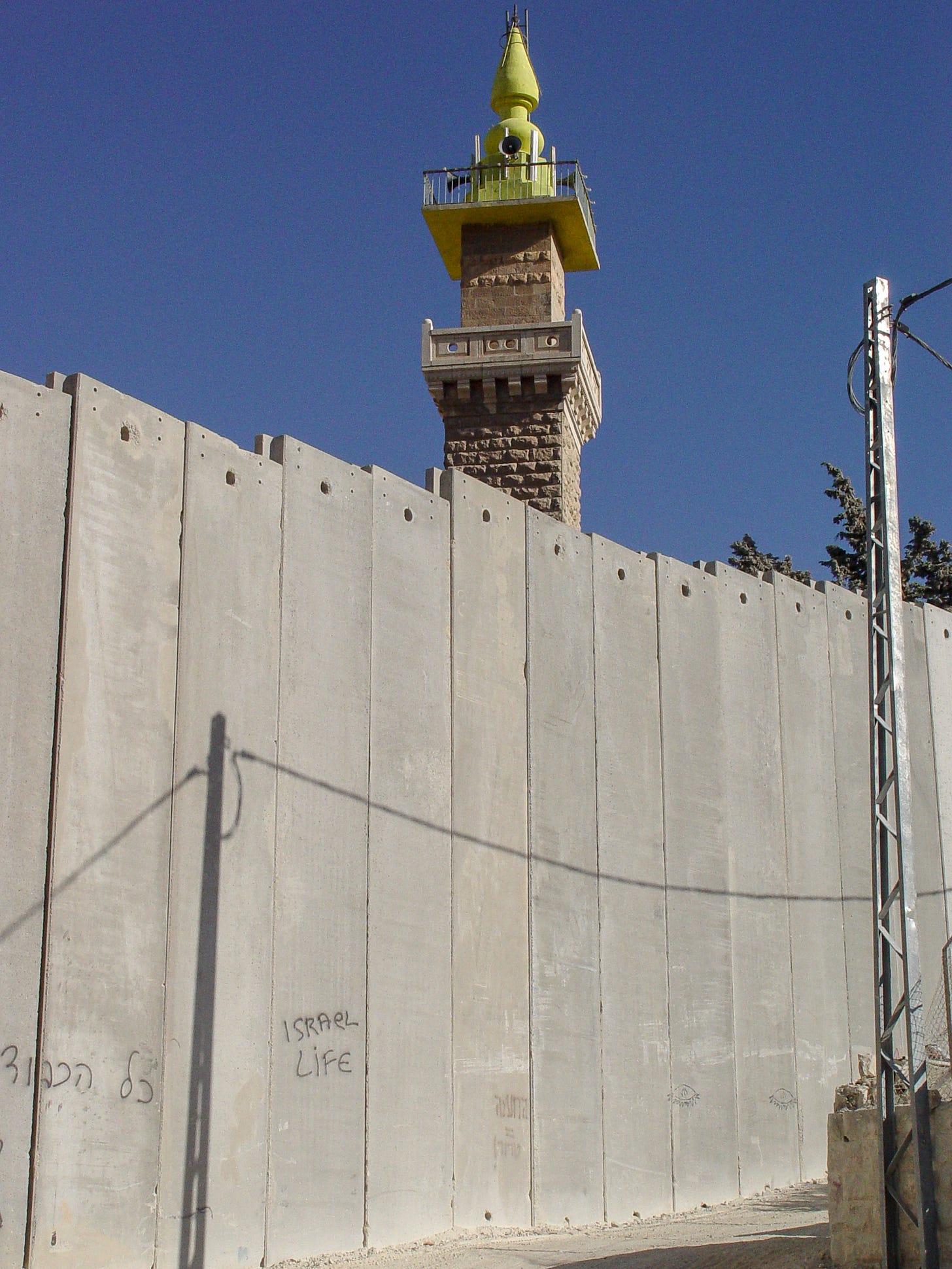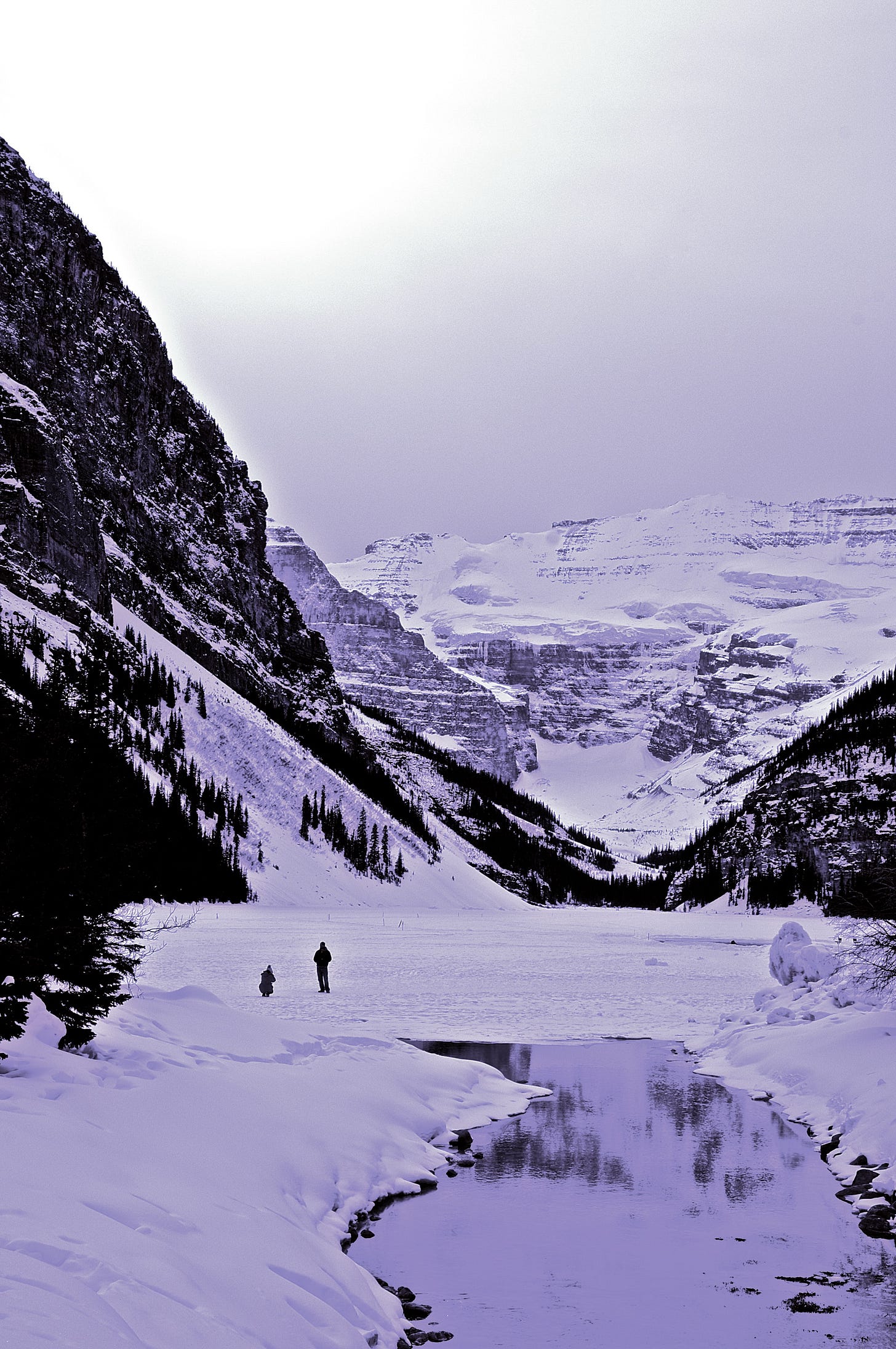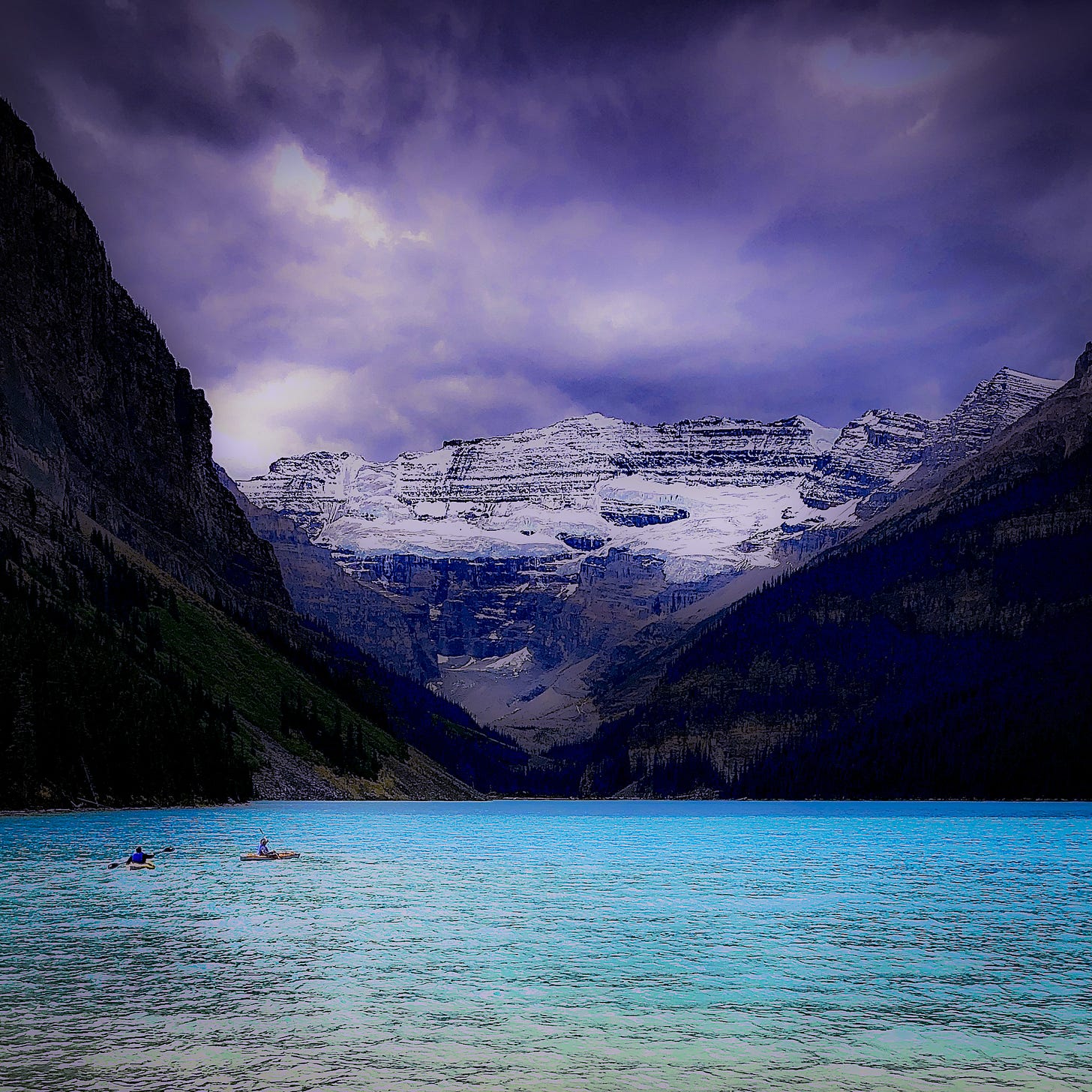Paradoxically Borderline
An Australian in Canada entering the USA during covid ... or ... bizarre border crossings ... or ... a country without borders is not a country!
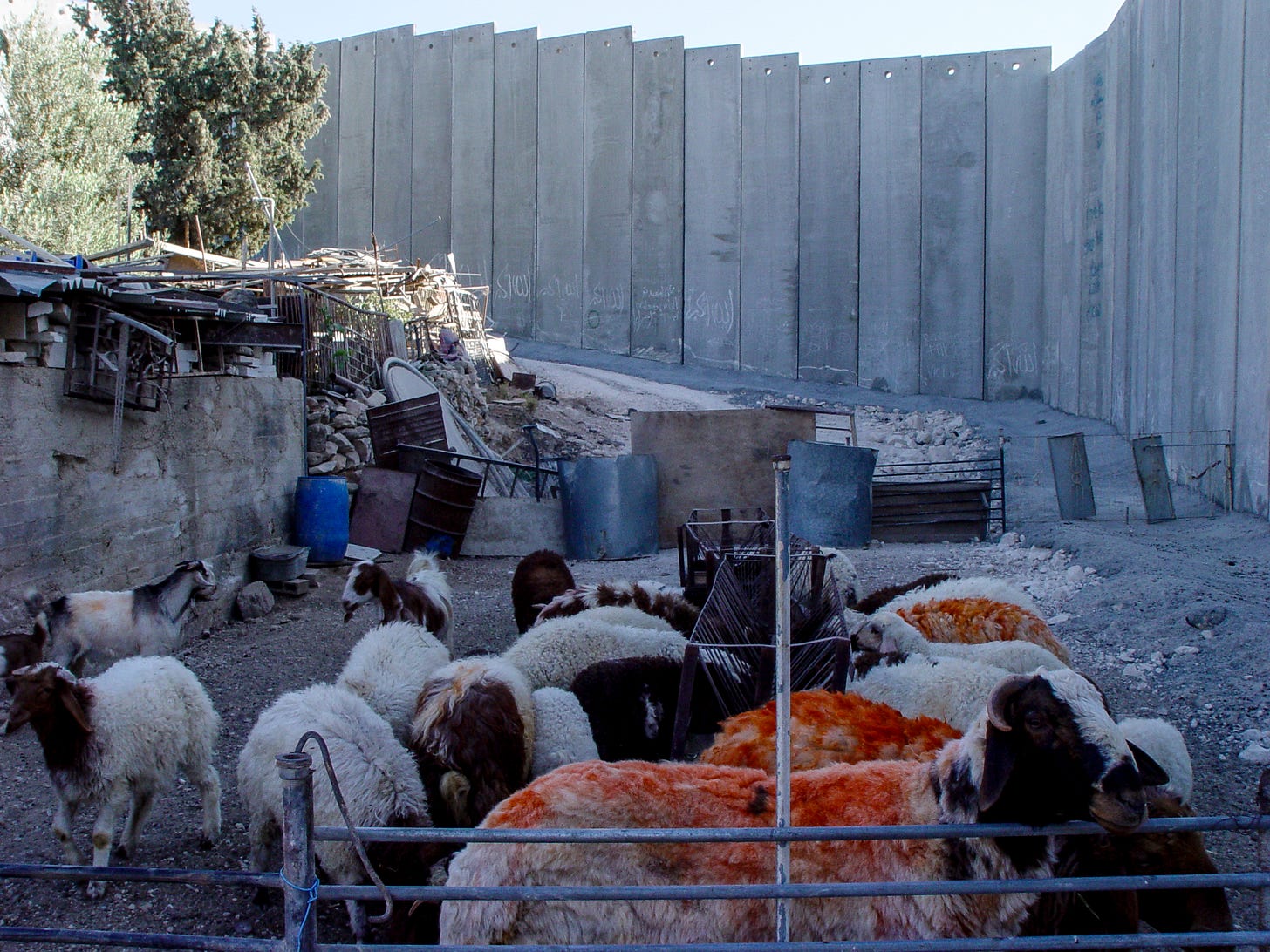


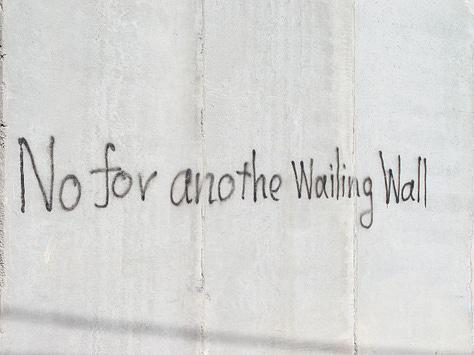
I’m an Australian who has spent decades visiting, and at times, living and working in the USA. My principal home is still in Victoria, Australia, but my numerous experiences of entering the United States and many other countries has showcased the multifaceted challenge of border management: legal entrants facing bureaucratic gridlock, while migrants, often risking their lives, see illegal entry as a faster, albeit perilous, alternative.
The combination of misinformation, legal loopholes, a daunting legal process, and polar opposite political doctrines, complicates the U.S. border situation, leaving both legal travelers and undocumented migrants frustrated. These contrasting experiences underscore the difficulties in creating a humane yet secure immigration system. In my apolitical view, a country without secure borders is not a country, it’s a territory guaranteed to lose its identity and its constitution.
During the bizarre pandemic experience of 2020-2022 (where many of the lockdown restrictions, mask deployment protocols, and other federal and state impositions have now been discredited1), ours and everyone else's lives were being disrupted, but generally not improved or made safer.
In 2021, my wife and I took a break from the madness. We visited the wilderness areas near Banff and Lake Louise in the Canadian Rocky Mountains. As we were crossing back into the USA from Canada, we were participants in a border experience that was extremely paradoxical. However, upon reflection, it was also very valuable because it led me to think more circumspectly about the inconveniences of passports, visas, and long Customs and Border Patrol (CBP) lines, not to mention TSA lines, and what it takes to maintain a robust democracy based on law and order.
Our Strange Bizarre Paradoxical Border Experience: After leaving the Banff / Lake Louise area of southern Alberta, we re-entered the US via the Chief Mountain, Montana, CBP station, on our way to Glacier National Park, before returning to our home near Park City, Utah. All of our ID documents and the other required paperwork were in good order for visiting Canada, and for re-entering the US. However, the CBP officer at the drive-up window of this less-often used crossing was perplexed. He looked at our passports and visas and scratched his head, almost swearing to himself. “What [insert your own words] are two Australians doing, driving out of Canada, when the US government policy is “emergency travel only for officials?” He blustered and muttered to himself for a couple of minutes. We didn’t say anything, just let our passports and paperwork do the talking. After a long pause he said, “Wait here.” And of course, we did. We had no intentions of storming or creeping through the border. The CBP officer walked away, looking for someone a bit more senior to rescue him from his pickle. We could see into the station, a large open space, built like a log cabin, so we were able to observe his conversations with other CBP officers. More muttering, some head shaking, and then assent to the solution. He came back to window, asked us to park our vehicle and enter through the main entrance. As we walked into the building my wife mentioned that the Biden Administration still had a federal government mask mandate in place, and wondered if we should put our masks on, even though we had seen no one wearing any inside the CBP station. So we tucked them into our pockets, just in case. When we got inside the front door we could see and hear a huge television set hanging from the ceiling, visible and audible in all parts of the large open area. It was obvious that we were in a conservative-oriented rather than democrat-oriented part of the US. A different officer came to the front desk. At his request, we sat down on opposite sides of a table. He put on a mask in order to be compliant with regulations but did not ask us to do so, and was clearly apologetic that he felt obligated to observe the farce. But then the farce deepened. As we were filling in standard paperwork at the US northern border, a developing news story from the southern border was playing out. Bottom line: as two properly documented, legal and contributing Australians were spending an hour doing paperwork and nonplussing the agents, at the southern border, that same day, being reported live that very hour, more than 12,500 illegal, undocumented, migrants were allowed to pass the border.2 Everyone in the building heard the story. We asked the agent how he dealt with such paradoxical anomalies. He shook his head sadly as he responded, “There is no answer. We just keep our heads down and do our work.”
For me, an outsider looking in, there are a couple of non-negotiables: (1) the security and strength of the United States is paramount to the relative stability of the free world, as the counterbalance to global bullies. (2) A country without robust and defensible borders, or rather, with a border that is defensible but actually leaks like a sieve, cannot maintain its core principles for very long.
If those two principles don’t matter, then open up the border all at once. Let the world have unrestricted access. However, if they have enough merit to be worth protecting, if they have been worth a civil war and multiple world wars and ongoing regional conflicts and constant vigilance at home, then it only makes sense to dramatically interfere with illegal immigration, and maintain a solid, effective, policy-driven, robustly, bipartisan supported, legal immigration program — politics be damned!
The great political divide in this country has reached insane and unsustainable levels where common sense no longer prevails, only ideologies or self interest.
While the security and strength of the United States are paramount to the relative stability of the free world, the methods and philosophies surrounding national security and border control have become far too deeply polarized. A nation that cannot defend its borders or enforce its laws risks eroding its foundational principles, but the debate lies in how best to achieve this while upholding American values.
The Divergence of Political Perspectives on Border Security
Although it has not escalated to the zenith reached in the mid-1800’s i.e. an armed civil war, in some ways the division of recent years, including political debates about border security are even more poisonous, reflecting starkly opposing views on how the United States should manage all of its affairs, including its borders.
One borderline perspective emphasizes strict enforcement, advocating for physical barriers, increased funding for Border Patrol agents, and stringent immigration laws. Proponents argue that without robust enforcement, the border becomes porous, allowing illegal crossings that strain resources and threaten security. They point to record-breaking numbers of undocumented border crossings, particularly in the last four years, as evidence of a growing crisis.
Conversely, another perspective prioritizes what it claims as a more humanitarian approach (though other motives are suspected by analysts and opponents). Advocates of this view argue that the U.S. has a moral obligation to offer refuge to those fleeing violence, poverty, and persecution. They contend that many undocumented immigrants are economic migrants or asylum seekers who contribute positively to American society. Critics of stringent enforcement measures argue that they create unnecessary suffering, damage America’s international reputation, and undermine the country’s foundational principle as a land of opportunity for all.
Comparing Border Crossings: Ellis Island and Modern Undocumented Migration
To understand the current debate, it is instructive to compare undocumented border crossings of recent years with the prolific but documented immigration of the Ellis Island era. Between 1892 and 1954, over 12 million immigrants passed through Ellis Island, the primary entry point for European immigrants. These arrivals were largely documented, processed, and integrated into American society, contributing to the country’s industrial and cultural growth.
In contrast, recent years have seen a surge in undocumented border crossings. For example, the U.S. CBP reported over 2 million encounters at the southern border in fiscal year 2022 alone — a stark contrast to the orderly processing of Ellis Island. Unlike the Ellis Island era, where immigrants were screened for health and financial stability, today’s undocumented immigrants often face perilous journeys, exploitation by smugglers, and a legal system ill-equipped to process modern migration patterns. The fundamental difference is that every Ellis Island entrant was documented at port of departure and port of entry, had a health check, had somewhere to go, and even had a few dollars in their pocket. Those records and their family connections are still a treasure trove for families and researchers today. That was then. This is now.
The differences are not merely logistical but also symbolic. Ellis Island represents an era of open immigration policies aligned with the country’s self-image as a melting pot. Today’s undocumented crossings, however, highlight tensions between national security and humanitarian/political concerns.


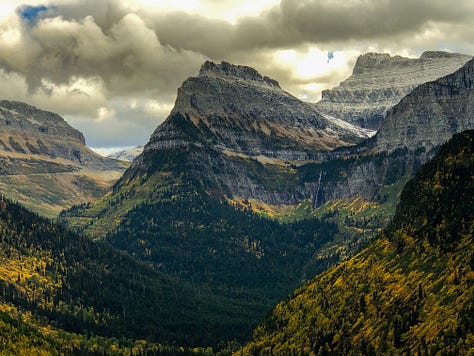
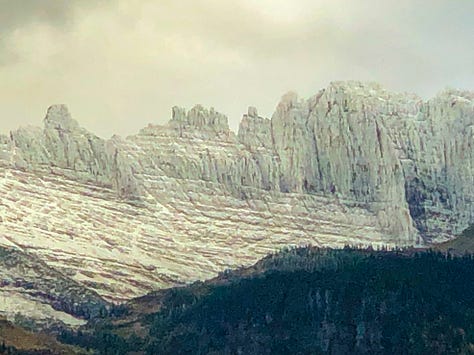
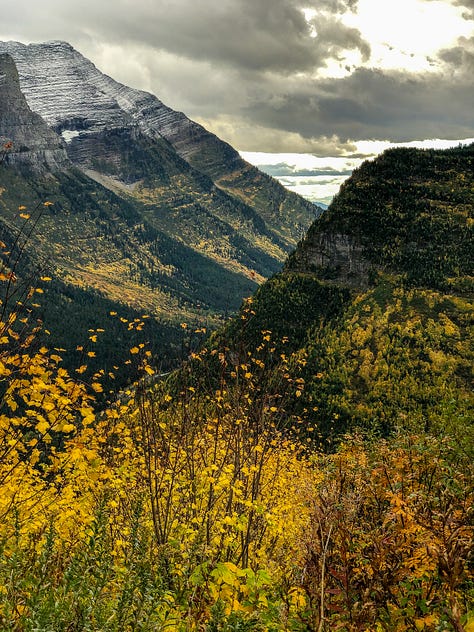
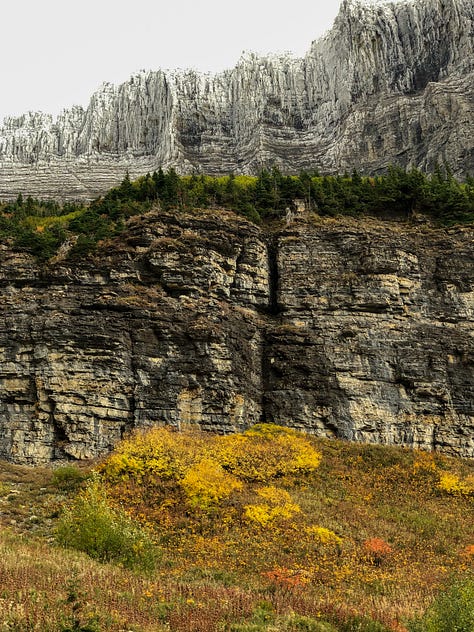
The Role of Technology and Physical Barriers
Political debates have also centered on the role of physical barriers and technology in securing the border. Advocates for border walls argue that physical deterrents are a necessary tool to prevent illegal crossings. The Trump administration’s emphasis on expanding the border wall was — and is likely to be — a hallmark of this approach. Opponents, however, criticize such measures as costly and ineffective, pointing to data suggesting that most undocumented immigrants enter legally and overstay their visas rather than crossing between ports of entry; that claim needs a deep fact-checking dive.
On the other hand, technology has emerged as a bipartisan area of interest. Surveillance systems, drones, and sensors are seen as tools that can enhance border security without the divisive symbolism of a wall. Yet even here, disagreements persist over privacy concerns, effectiveness, and the allocation of resources.
Economic and Moral Dimensions
The economic impact of undocumented immigrants is another contentious issue. Supporters of stricter enforcement often argue that illegal immigration strains public resources, depresses wages, depletes the job supply and undermines legal pathways to citizenship. They emphasize the need for policies that prioritize American workers and taxpayers.
Opponents counter that undocumented immigrants play a vital role in sectors such as agriculture, construction, and service industries, often taking jobs that citizens are unwilling to fill. They also highlight the human cost of restrictive policies, including family separations and dangerous conditions for those attempting to cross the border.
The Massive Personnel and Budgetary Cost of Maintaining Border and National Security
The United States allocates extensive resources and personnel to ensure national and border security, reflecting the immense scope of the task. With over 1.3 million active-duty military personnel and 811,000 reservists, the U.S. maintains one of the world’s largest defense forces, supported by a Department of Defense budget exceeding $800 billion annually. Border security is managed primarily by U.S. Customs and Border Protection, which employs approximately 60,000 personnel, including 19,000 Border Patrol agents, to monitor 328 official Ports of Entry (POEs) and the 7,000 miles of land borders shared with Canada and Mexico, as well as extensive coastlines3.
In fiscal year 2024, CBP reported nearly 3 million migrant encounters, with an estimated 1.7 million “gotaways” under the current administration. Immigration and Customs Enforcement (ICE) enforces immigration laws domestically, managing the detention and deportation of individuals, with deportations numbering over 270,000 in 2024.
The judiciary is deeply involved, processing thousands of immigration and border-related cases annually, contributing to a federal prison system holding over 150,000 inmates, many convicted of immigration-related offenses.
State and local law enforcement agencies, numbering over 800,000 officers nationwide, often collaborate with federal entities, further expanding the security apparatus.
Meanwhile, the Transportation Security Administration (TSA) secures the nation’s air travel, employing 47,000 officers and screening over 2 million passengers daily.
The economic cost of securing borders and maintaining national security infrastructure is enormous, with direct costs estimated at trillions of dollars annually (the military budget alone being not far short of a trillion), encompassing surveillance technology, cybersecurity measures, maritime patrols, and judicial processing. This vast network underscores the complexity and critical importance of maintaining national security in a modern and interconnected world.
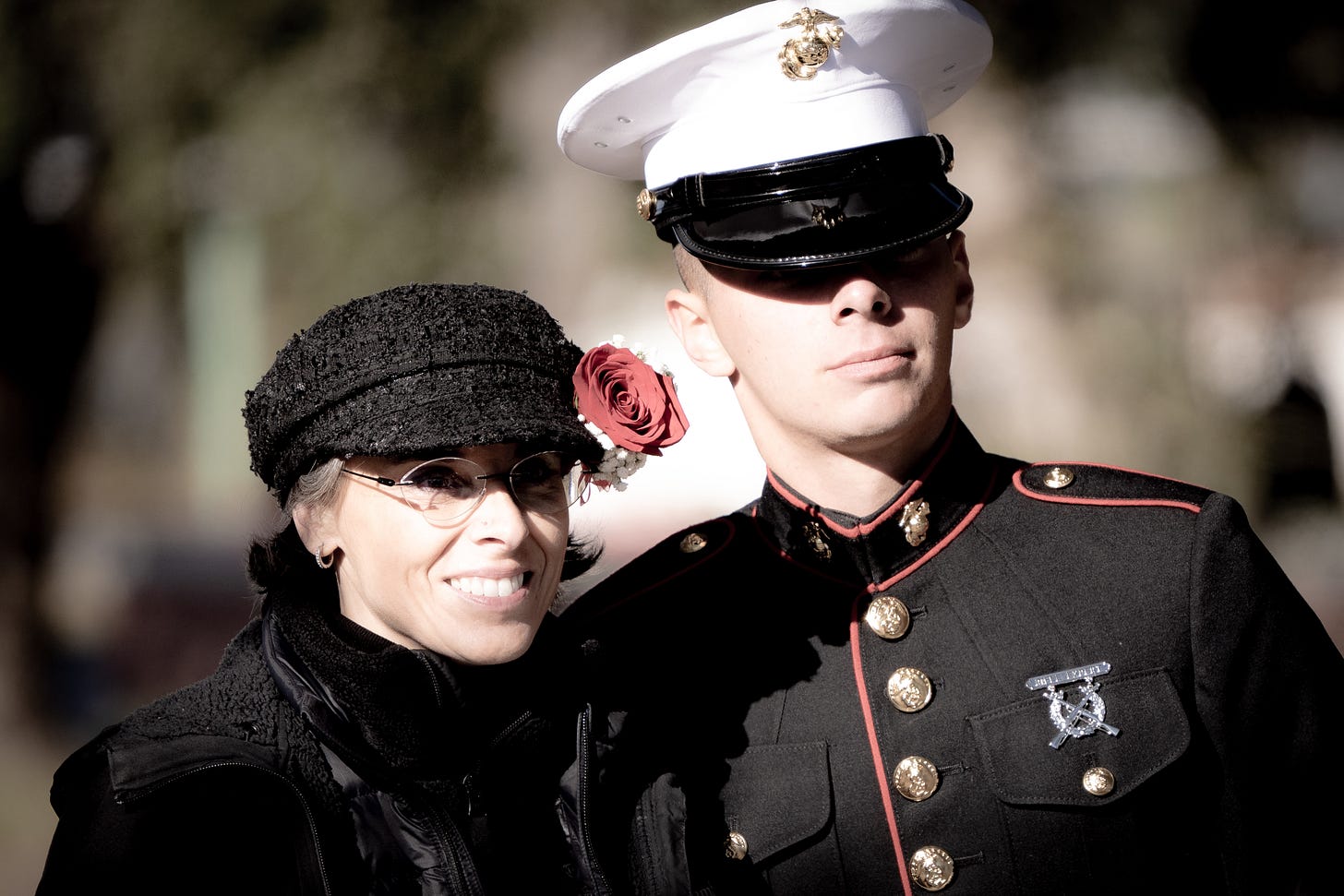
Lessons from History
The Ellis Island era offers valuable lessons for today’s immigration debate. While the sheer volume of immigrants during that time was immense, the U.S. embraced a relatively open-door policy, bolstered by a robust processing system that ensured accountability and integration. Modern challenges — including global migration pressures, security concerns, and political polarization — make such a system harder to replicate. However, the principle of welcoming those who seek a better life4 while maintaining national security remains a guiding ideal.
Conclusion
The United States stands as a beacon of stability in an often-turbulent world, but its ability to maintain this role depends on finding common ground in the debate over border security and immigration. Balancing enforcement with compassion, drawing lessons from history, and investing in both technology and human resources are essential steps. By addressing these challenges thoughtfully, the nation can uphold its core principles while navigating the complexities of a modern world. It begins with deciding what it actually means to be a free, independent nation, with an unavoidable world role. Deciding policies for who comes, and who doesn’t, and on what basis, will remain an unresolved paradoxical basket case in the absence of such common agreement.
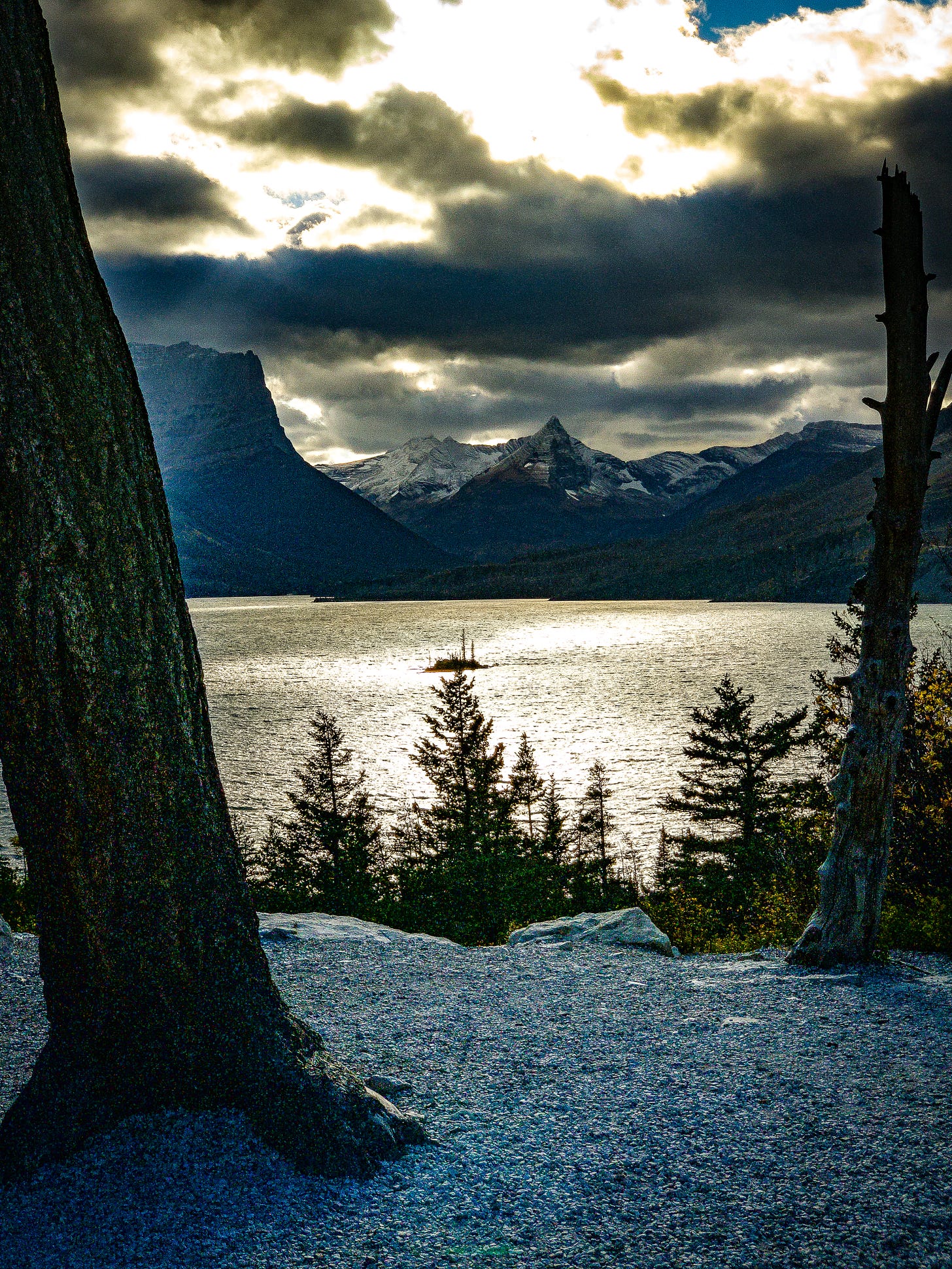
https://oversight.house.gov/release/final-report-covid-select-concludes-2-year-investigation-issues-500-page-final-report-on-lessons-learned-and-the-path-forward/
During the Biden administration at least 10 million undocumented, therefore illegal, migrants crossed the southern border into the US. Some reports are as high as 12 million, and that appears to be the consensus number; none of the estimates that I have seen are less than 8 million crossings.
The total coastline length of the United States is approximately 12,479 miles, according to the National Oceanic and Atmospheric Administration (NOAA). This includes the coastlines of the contiguous United States, Alaska, and Hawaii. Alaska alone accounts for a significant portion, with approximately 6,640 miles of coastline, making it the state with the longest coastline. The contiguous U.S. (excluding Alaska and Hawaii) has about 5,100 miles of coastline, including the Atlantic, Pacific, and Gulf coasts. Hawaii adds around 750 miles to the total. While this extensive coastline presents opportunities for trade and tourism, it challenges for security and environmental management.
The New Colossus | by Emma Lazarus (emblazoned at the base of the Statue of Liberty)Not like the brazen giant of Greek fame,
With conquering limbs astride from land to land;
Here at our sea-washed, sunset gates shall stand
A mighty woman with a torch, whose flame
Is the imprisoned lightning, and her name Mother of Exiles.
From her beacon-hand glows world-wide welcome; her mild eyes command
The air-bridged harbor that twin cities frame.
"Keep, ancient lands, your storied pomp!" cries she, with silent lips.
"Give me your tired, your poor,
Your huddled masses yearning to breathe free,
The wretched refuse of your teeming shore.
Send these, the homeless, tempest-tost to me,
I lift my lamp beside the golden door!"





